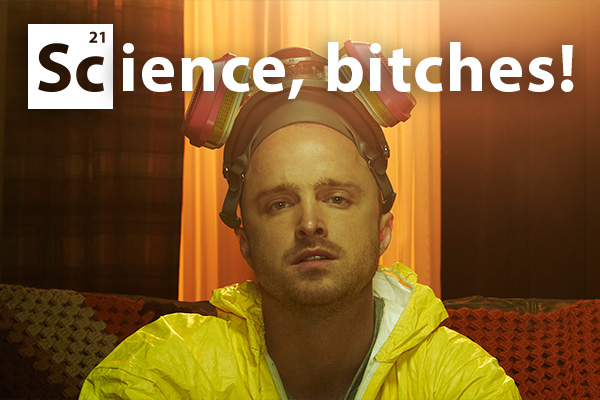Science, Bitches! | Issue 21
Chocolatey Goodness
Caffeine has been shown time and time again to have benefits for your health. Regular caffeine intake is good for your cardiovascular system, stimulates your nervous system, and has been linked to increased protection against neurodegenerative diseases such as Parkinson’s. Okay, so chocolate doesn’t have as much caffeine as a cup of coffee, but it doesn’t hurt to have an excuse for more chocolate. Grab a coffee as well and you’re set.
Other compounds have been shown to stimulate the production of dopamine, a chemical in the brain that makes you feel good. It takes eating your feelings to a whole new (literal) level. There’s even a compound in there that is similar to cannabinoids. Yes, you read that right, similar to one of the active chemicals found in weed.
For the snobs out there: (most) white chocolate is really chocolate. When chocolate is made, the cocoa mass is separated into cocoa solids – the dark brown stuff – and cocoa butter. White chocolate lacks the cocoa solids, hence the whiteness, but still has cocoa butter. (Having said that, there are shitty white chocolates out there that don’t contain any cocoa butter at all.) For those of you claiming that white chocolate isn’t chocolate because it doesn’t have cocoa in it, though, you might want to check your facts: it does, in fact, still contain ingredients from cocoa beans. Don’t be chocolatist – everyone has their preferences. It is true, however, that white chocolate has less of the good stuff found in dark chocolate, so maybe it is time to cross over to the dark side.
Why not enjoy this excuse to eat more chocolate? Not that you need one … next time you crave some chocolatey goodness, rest assured that that there is some actual goodness in it confirmed by science, bitches!



